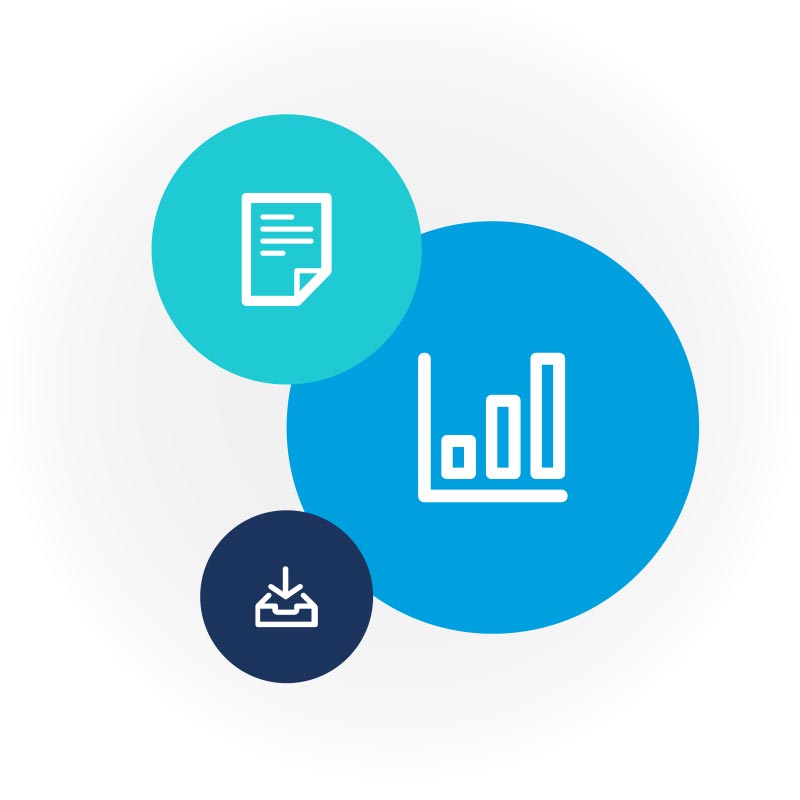Skip to main content
-
Home
-
Business
-
Competency Areas
CPHRs competency areas
and their key functions
HR Competencies
Organizational Relationships and Wellness
Employee and Labour Relations
- Build and maintain relationships.
- Support contract development.
- Ensure compliance.
- Act as a representative.
- Promote a collaborative work environment.
- Interpret legislation.
- Treat employees in a fair and consistent manner.
Total Health and Wellness
- Promote health and safety.
- Support the development of policies, procedures, roles and responsibilities.
- Provide appropriate safeguards.
- Strive for organizational productivity.
- Advocate for mental health and psychological wellbeing.
- Endorse healthy lifestyles.
- Provide opportunities for enhanced wellness.
Inclusion, Diversity and Human Connection
- Develop strategies to enhance productivity, morale and culture.
- Support initiatives to increase productivity and engagement.
- Implement practices and processes to encourage a healthy work environment.
- Provide support to identify and achieve shared objectives.
- Demonstrate value of employee engagement.
- Maintain an inclusive and diverse work environment.
- Partner with leadership.
- Enhance affiliation with the organization.
Integrated Talent Management
Total Rewards
- Ensure legal compliance.
- Support the development, implementation, communication and management of a total rewards structure.
- Evaluate and monitor trends and innovations.
- Ensure consistency, fairness and organizational competitiveness.
Learning, Development and Succession Planning
- Support opportunities for employees to learn and grow.
- Identify organizational learning priorities.
- Support the development of succession plans.
- Ensure organization meets medium–and long-term objectives.
- Engrain everyday learning into organizational culture.
- Evaluate learning and development priorities and programs.
- Support leadership development.
Workforce Planning and Mobility
- Support the development of a strong employer brand.
- Identify opportunities to shape the organization’s employee value proposition.
- Identify current and future talent needs.
- Address competency needs.
- Strengthen talent retention.
- Implement a strategic performance management system.
- Build and maintain strategic partnerships.
- Clearly communicate employee value.
Strategic Development of Organizations
HR Technology and Analytics
- Ensure compliance with human resource information management.
- Improve processes, practices, and technology policies.
- Support the development of technological competencies.
- Ensure alignment between vision, culture, organizational policies and technology.
- Contribute to technological optimization processes.
- Apply latest advances in automation to human resources practices.
- Support digital transformation and change management objectives.
- Promote technological best practices.
Innovation
- Encourage innovation, creativity, and experimentation.
- Implement new ideas in the organization.
- Promote best practices.
- Identify opportunities.
- Nurture a culture of innovation.
Organizational Change and Development
- Introduce strategic perspectives, enhancing the value of HR.
- Understand the importance of effective governance principles.
- Keep current with leading governance practices.
- Implement business plan and manage risk.
- Contribute to the organization’s vision, mission, values and goals.
- Participate in strategic planning processes.
- Translate organizational strategy into HR objectives and priorities.
- Consult in the development of change management strategies.
General Competencies
With The Organization
Business Acumen
Data and Sensemaking
Systems Thinking
Leading Projects
Individual
Ethical Practice
Personal Agility
Continuous Learning
Leadership
With Others
Working Digitally
Relational Intelligence
Collaboration and Communication
Guide, Coach, Advise
